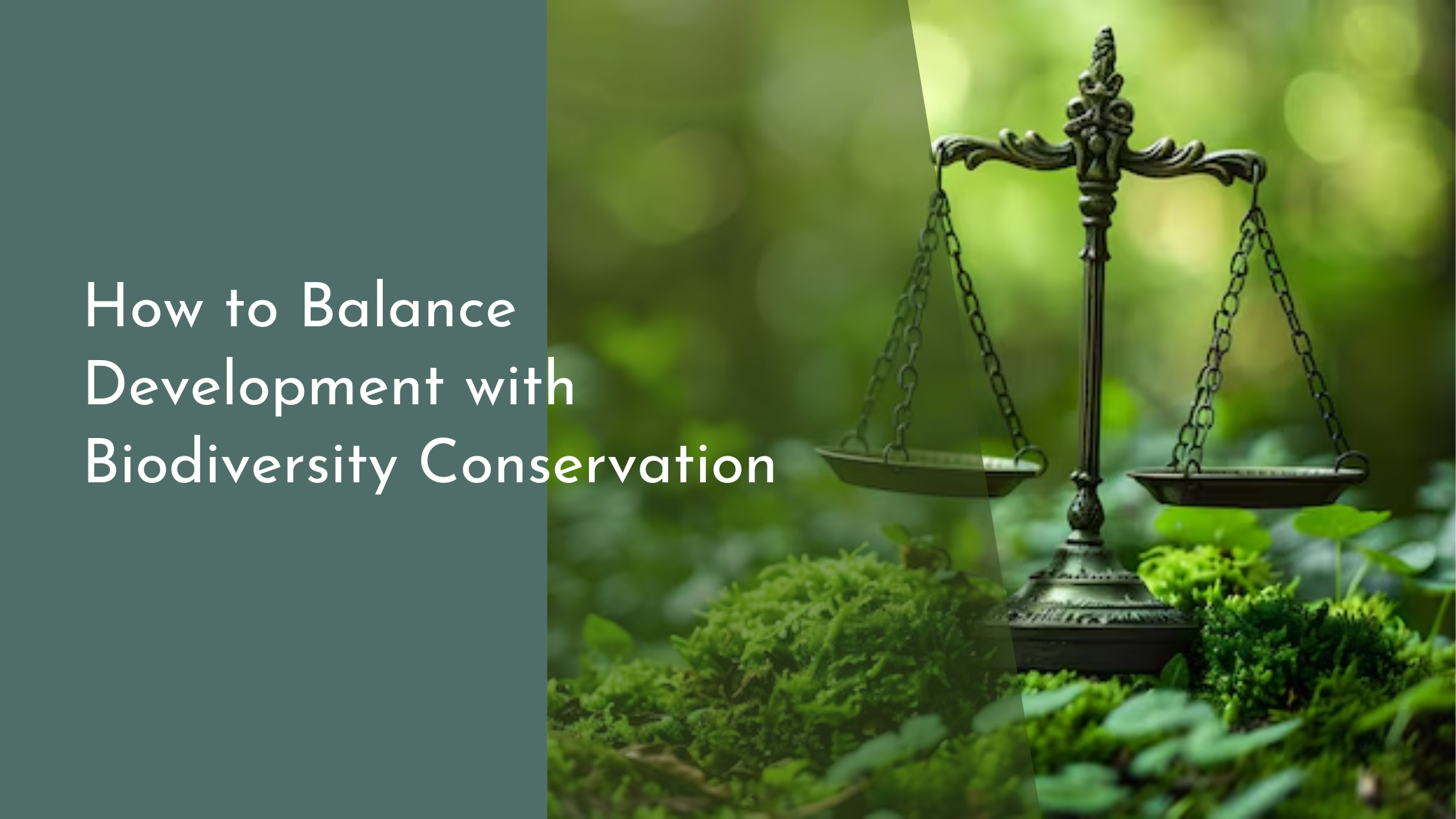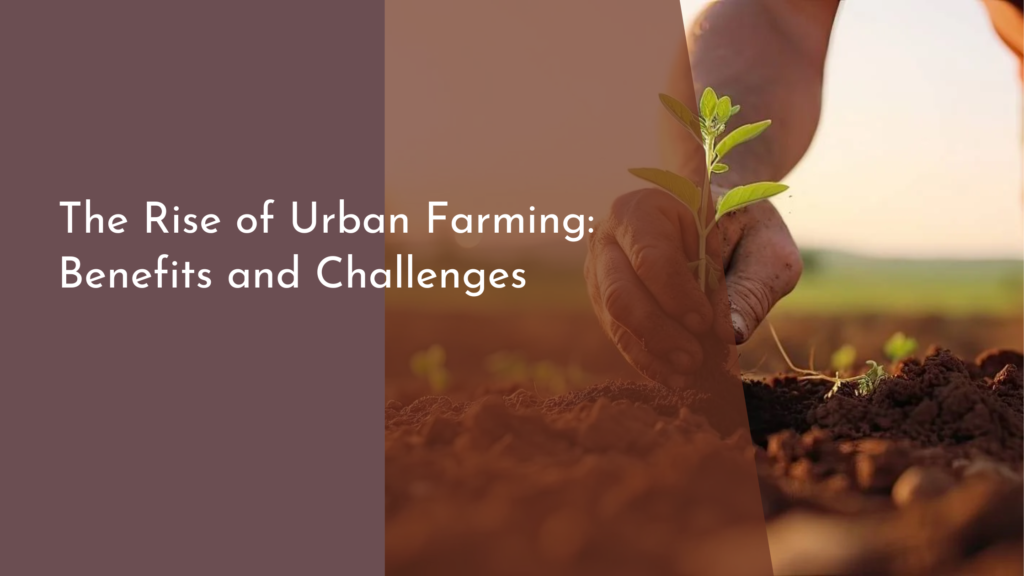How to Balance Development with Biodiversity Conservation
In a world where the demands for development continue to rise, balancing progress with biodiversity conservation has become a pressing challenge. As we seek to improve living standards and foster economic growth, it’s essential to ensure that our actions do not compromise the natural ecosystems that sustain life on Earth. This article explores how we can achieve harmony between development and biodiversity conservation, providing insights into the importance of biodiversity, identifying areas ripe for development, employing sustainable practices, and monitoring progress to ensure coexistence.
Understanding the Importance of Biodiversity
Biodiversity, the variety of life on Earth, plays a crucial role in maintaining ecological balance and supporting life. It contributes to ecosystem services such as pollination of crops, purification of air and water, and regulation of climate. These natural processes are invaluable to human welfare, providing the resources and conditions necessary for survival. A rich biodiversity also enhances resilience, allowing ecosystems to withstand and recover from various disturbances, such as natural disasters and human-induced changes.
In addition to its ecological value, biodiversity holds intrinsic and cultural significance. Diverse species and ecosystems inspire art, religion, and science, enriching human cultures globally. Moreover, biodiversity is a source of genetic resources vital for food security, medicine, and economic development. Recognizing its multifaceted importance, it is imperative to protect biodiversity while pursuing developmental goals, ensuring that we do not deplete the very foundation upon which human societies depend.
Identifying Key Areas for Development
When planning for development, identifying key areas that can support growth with minimal impact on biodiversity is crucial. Urban regions and previously degraded lands often present opportunities for development with reduced ecological footprints. By focusing efforts on these areas, we can minimize habitat destruction and fragmentation, preserving more pristine environments for biodiversity to thrive.
In contrast, regions recognized as biodiversity hotspots warrant special attention. These areas, which house significant levels of endemic species under threat, should be prioritized for conservation. By mapping out such regions and understanding their ecological significance, policymakers and developers can make informed decisions that help balance developmental ambitions with the need to protect vulnerable ecosystems.
Implementing Sustainable Development Practices
Sustainable development practices offer a pathway to balance growth with biodiversity conservation. These practices encompass a range of strategies that integrate environmental considerations into development projects. For example, utilizing green building techniques that reduce resource consumption and emissions can help minimize the ecological footprint of new constructions. Similarly, incorporating green spaces and corridors within urban planning can enhance urban biodiversity and provide habitats for various species.
Another approach is the adoption of renewable energy sources, such as solar and wind power, which reduce reliance on fossil fuels and mitigate climate change impacts on biodiversity. Emphasizing sustainable agriculture through organic farming and agroforestry can also contribute to biodiversity conservation, reducing chemical runoff and preserving soil health. By implementing these practices, we can pursue development that not only meets human needs but also sustains the ecosystems we rely on.
Monitoring Progress and Ensuring Coexistence
Continuous monitoring of developmental impacts on biodiversity is vital to ensuring coexistence. Establishing comprehensive monitoring frameworks allows for the assessment of biodiversity health and the effectiveness of conservation efforts. Using indicators such as species population trends and habitat conditions, stakeholders can track progress and adapt strategies as necessary, promoting accountability and informed decision-making.
Community involvement is essential for successful monitoring and coexistence. Engaging local communities in conservation efforts fosters stewardship and empowers them to protect their natural heritage. Additionally, collaborative partnerships between governments, NGOs, and businesses can enhance resource sharing and align objectives. By prioritizing transparency and collaboration, we can create a collective effort to achieve a sustainable balance between development and biodiversity conservation.
Balancing development with biodiversity conservation is both a challenge and an opportunity. As we strive for progress, we must remain committed to protecting the diversity of life that sustains us all. By understanding biodiversity’s importance, identifying suitable areas for growth, implementing sustainable practices, and monitoring our progress, we can ensure a future where human advancement coexists harmoniously with the natural world. Together, we can create a world where development and biodiversity are not in conflict, but work in tandem for the well-being of all species.


